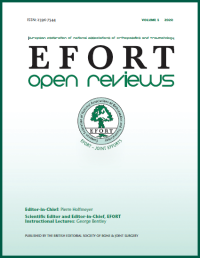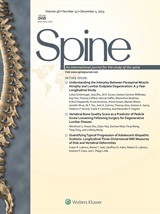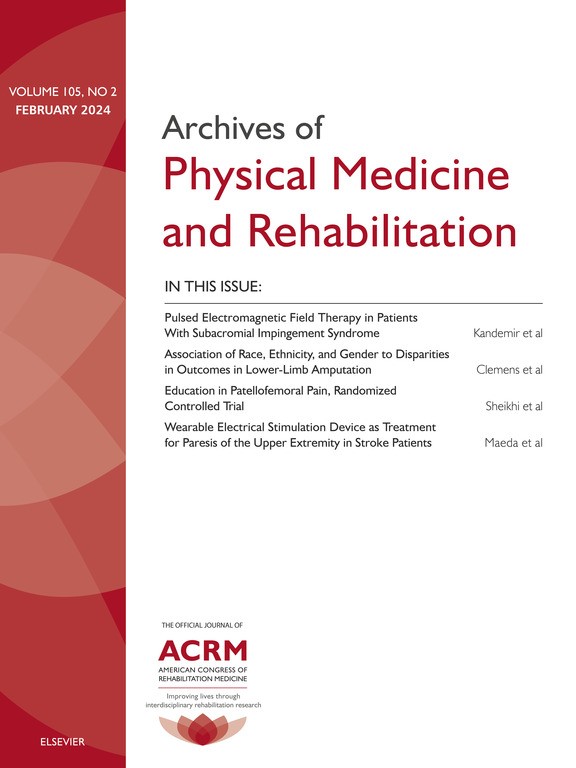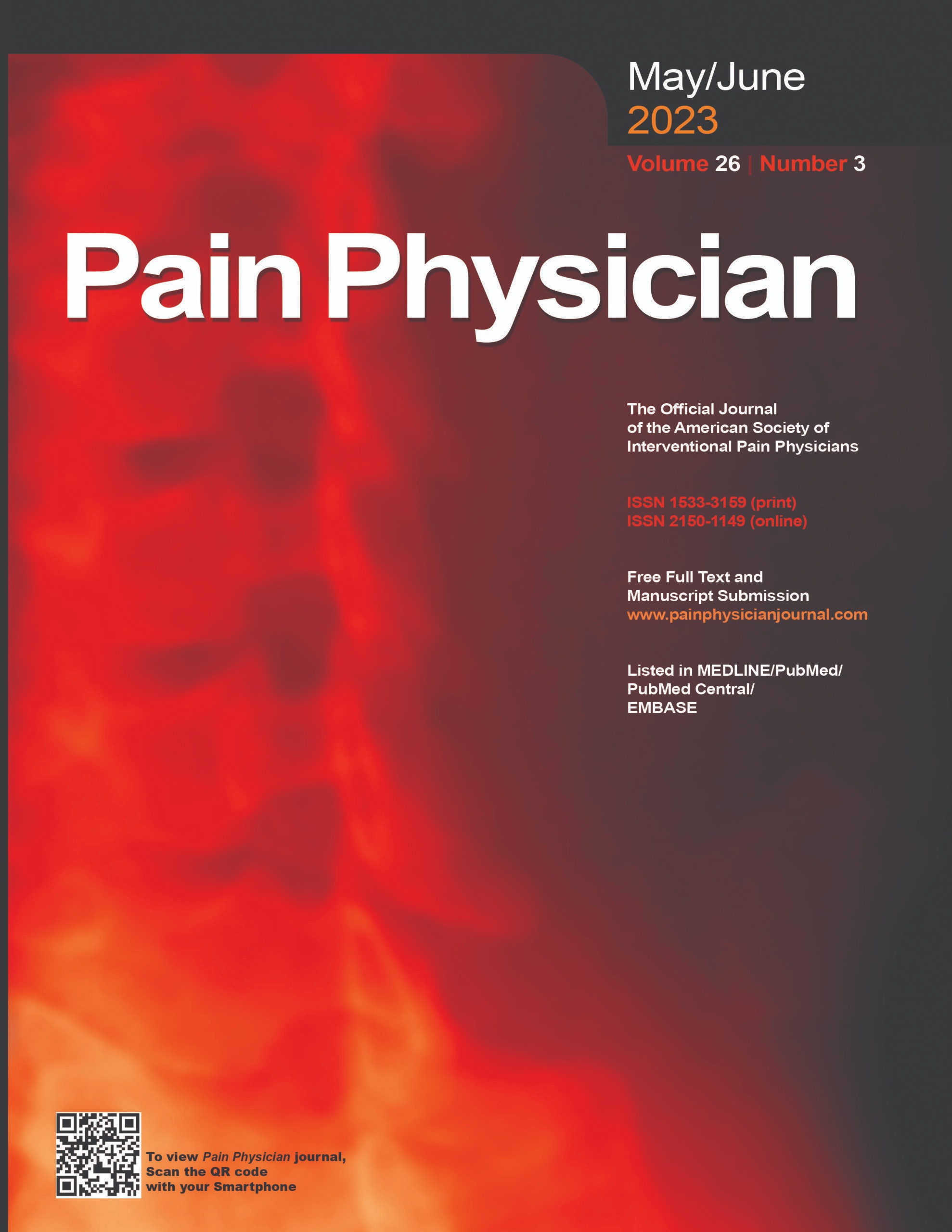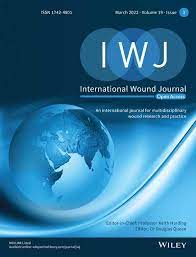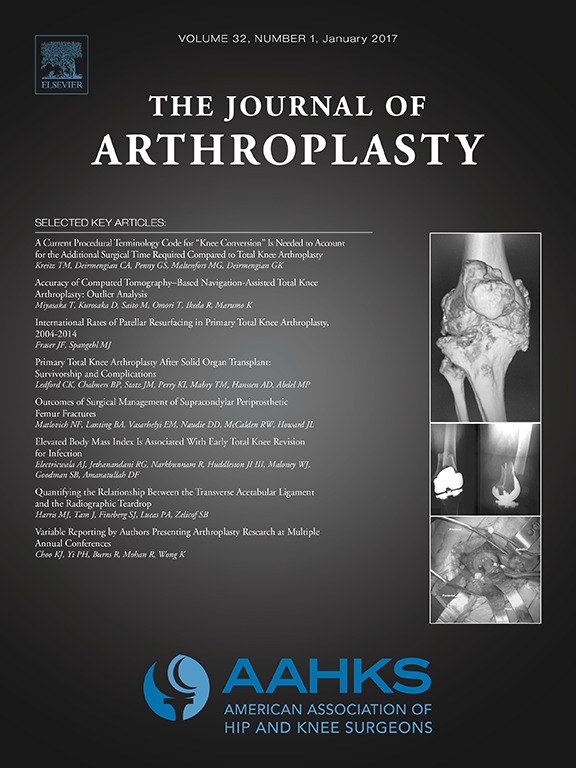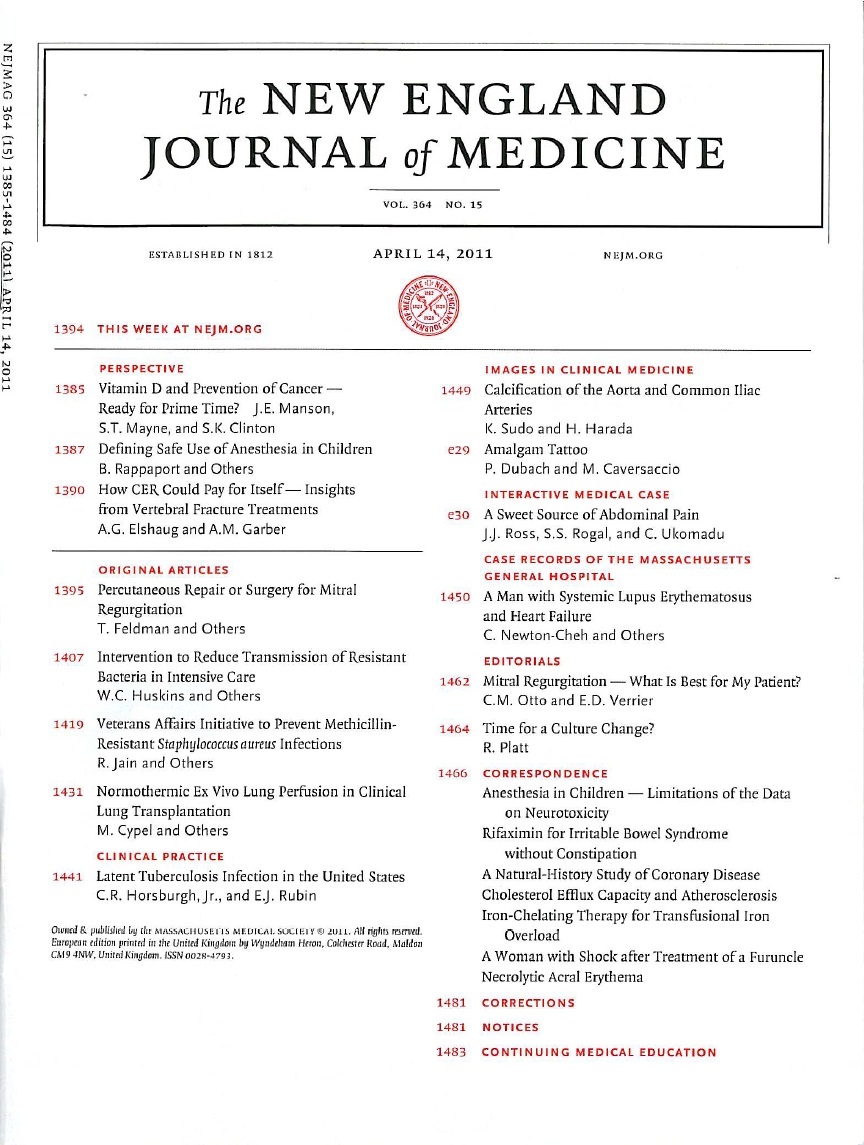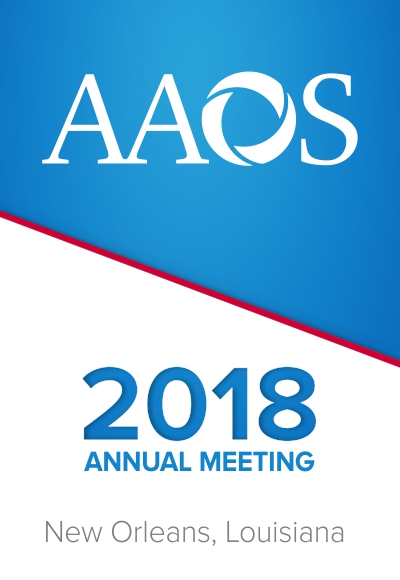PeerView
You are viewing the most viewed ACE Reports by Physiotherapists over the last 30 days in all specialties.
Displaying
100%
①
Synopsis:
A total of five randomized controlled studies including 181 patients undergoing arthroscopic surgery for degenerative arthropathy of the knee were included in this systematic review and meta-analysis comparing the addition of intra-articular hyaluronic acid (HA) immediately after surgery (Treatment A, n=181) vs.placebo or no additional treatment (Treatment B, n=182).Pooled outcomes of interest included postoperative pain using the visual analog scale (VAS), and functional recovery using the Western Ontario and McMaster University Osteoarthritis Index (WOMAC) score, International Knee Documentation Committee (IKDC), Tegner score, and Lysholm score.There was no statistically significant difference in pain relief and functional outcomes between both groups.Therefore, the addition of HA immediately after surgery provided no discernible benefit to pain relief or knee function.
Read More »
Level 1 Meta Analysis
①
Synopsis:
Forty-seven patients with single-level cervical radiculopathy were randomized to receive either BRYAN CDA (cervical disk arthroplasty; n=22) or ACDF (anterior cervical discectomy and fusion; n=25) in a prospective, randomized, controlled trial conducted as a Food and Drug Administration Investigational Device Exemption trial.The primary outcomes of interest included visual analog scales (VAS) for neck and arm pain, neck disability index (NDI), and reoperation rates.The follow-up rate was 91.3%.Both groups demonstrated significantly improved NDI, VAS arm pain, and VAS neck pain scores at 20 years compared to preoperative scores.However, there were no significant differences between CDA and ACDF groups at 20 years for NDI, VAS arm pain, and VAS neck pain scores.Reoperations were reported in 41.7% of ACDF patients and 10.0% of CDA patients. Both CDA and...
Read More »
Level 1 RCT
②
Synopsis:
47 patients with combined anterior cruciate ligament (ACL) and medial collateral ligament (MCL) injuries were randomized to receive either operative treatment on both ACL and MCL or operative treatment just on ACL. It was observed that the non-operative treatment of the MCL led to a greater range of motion and recovery of quadriceps power generation during early follow-ups.
Read More »
Author verified Level 2 RCT
②
Synopsis:
60 patients with dominant-hand thumb carpometacarpal osteoarthritis (OA) were randomized into two groups to measure the effects of either radial nerve mobilization treatment or a nontherapeutic placebo treatment on pain sensitivity and pinch strength. At 2 months follow-up, patients who underwent radial nerve mobilization experienced a decrease in pain sensitivity in the trapeziometacarpal joint and an increase in tip and tripod pinch strength.
Read More »
Author verified Level 2 RCT
②
Synopsis:
A total of 25 studies (randomized controlled trials and cohort studies) were included in this systematic review and meta-analysis investigating mobilization and weight-bearing following open reduction and internal fixation of ankle fractures.The purpose of this study was to examine the effectiveness of different postoperative rehabilitation protocols. The results of...
Read More »
Author verified Level 2 Meta Analysis
①
Synopsis:
64 patients with primary frozen shoulder (adhesive capsulitis) were randomized to receive either a multisite (rotator interval, intraarticular, and subacromial bursa) triamcinolone injection (MCI; n=32) or a single-site triamcinolone injection (SRI; n=32).The primary outcomes of interest include range of motion in shoulder flexion, abduction, external and internal rotation and pain on a Visual Analog Scale (VAS).Secondary outcomes included patient satisfaction, American Shoudler and Elbow Surgeons (ASES) scores, Contant-Murley Score (CMS), and the incidence of palpitations.Range of motion in flexion, abduction, internal rotation at 8 weeks, ASES scores, CMS scores, and VAS pain at 4 & 8 weeks were all significantly better in the MCI group compared to the SRI group. All other outcomes...
Read More »
Level 1 RCT
①
Synopsis:
Fifteen studies involving a total of 353,169 patients undergoing knee or hip arthroplasty were included in this meta-analysis.Among them, 156,405 patients received Spinal Anaesthesia (SA), while 196,764 patients underwent General Anaesthesia (GA).The primary outcome assessed was the incidence of Postoperative Surgical Site Infections (SSIs).Outcomes were evaluated up to 30 days post-surgery. This meta-analysis reveals...
Read More »
Level 1 Meta Analysis
①
Synopsis:
132 patients between the ages of 50 and 80 years undergoing primary, unilateral total knee arthroplasty (TKA) were included in this single-center, 3-arm, triple blinded trial.Patients were randomized to receive either an interspace between the popliteal artery and capsule of the posterior knee block (iPACK; n=44), genicular nerve block (GNB; n=44) or a combination of the two (iPACK+GNB; n=44) alongside combined spinal anesthesia and continuous adductor canal block.The primary outcome of interest was 8-hour postoperative knee pain during movement, measured using a visual analog scale (VAS).The secondary outcomes of interest included VAS knee pain and posterior knee pain during rest and movement in the post anesthesia care unit (PACU) and at 4, 8, 12, 24, 36, and 48 hours, morphine consumption at 12, 24 and 48 hours, sensorimotor function of the tibial and common peroneal nerve (CPN), timed up and go (TUG) scores, range of motion (ROM), and quadriceps strength (QMS).Additional outcomes included the length of hospital stay, quality of sleep, and patient satisfaction.According to study findings, a significant difference for VAS knee pain during movement, VAS knee pain at rest, and VAS posterior knee pain at rest and during movement was found for all groups at 4, 8, and 12 hours, as well as for VAS knee pain during movement at 24 hours, and VAS knee pain at rest and on movement and VAS posterior knee pain on movement at 48 hours.However, this difference was only clinically significant for the iPACK+GNB group VAS knee pain during movement scores at 4- and 8-hours when compared with the iPACK group. No clinically significant...
Read More »
Author verified Level 1 RCT
①
Synopsis:
9535 patients undergoing non-cardiac surgery were randomized to receive tranexamic acid (n=4757) or placebo (n=4778) at the start and end of surgery.The primary efficacy outcome was a composite bleeding outcome of life-threatening bleeding, major bleeding, or bleeding into a critical organ.The primary safety outcome was a composite endpoint of myocardial injury, non-hemorrhagic stroke, peripheral arterial thrombosis, or symptomatic proximal venous thromboembolism, which was tested for non-inferiority vs.placebo.The results of the trial found a significantly lower rate of composite bleeding events in the tranexamic acid group vs.placebo (9.1% vs.11.7%, p<0.001).However, the non-inferiority of tranexamic acid was not established for the composite cardiovascular safety outcome (14.2% vs. 13.9%, p=0.04 [p<0.025...
Read More »
Level 1 RCT
Synopsis:
38 adolescents with 50 knees affected by Osgood-Schlatter disease were randomized to three monthly treatments of either prolotherapy with a dextrose solution, or so sham prolotherapy with saline.Patients were assessed for function on the Victorian Institute of Sport Assessment (VISA) score after 1, 2 and 3 months. Results demonstrated no...
Read More »
Conference Report




 LOGIN
LOGIN


